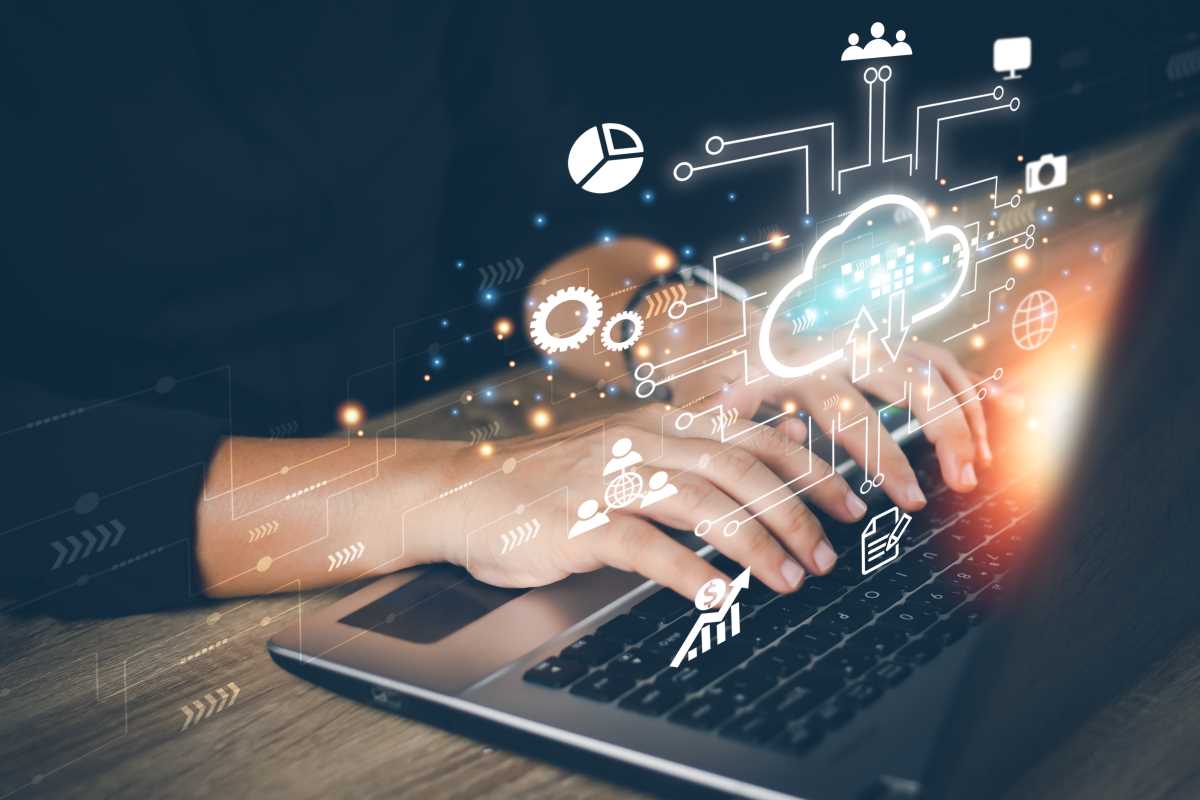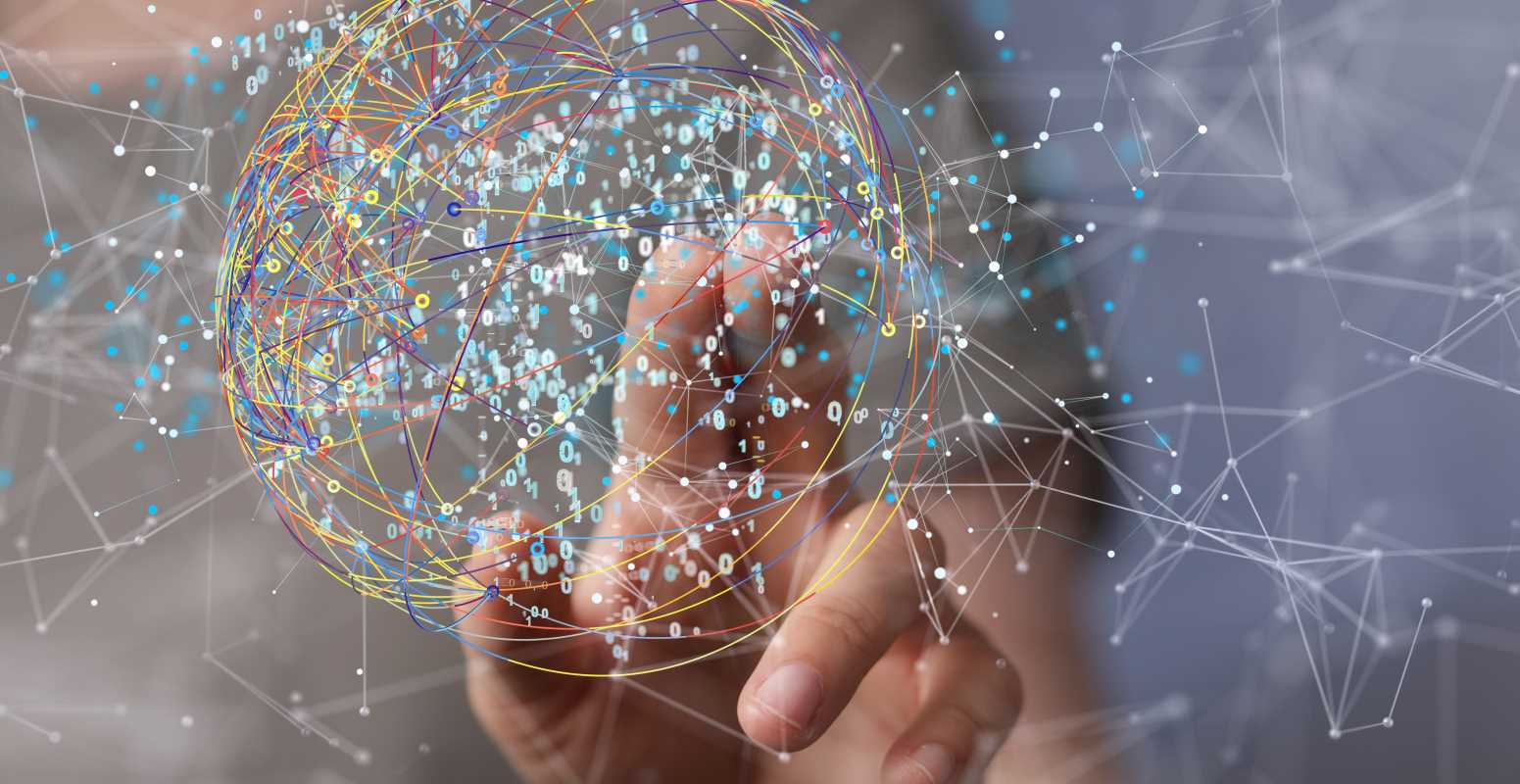With cities expanding and transforming at a rapid pace, adopting cutting-edge technologies is crucial to address the rising challenges of urban life. The Internet of Things (IoT) and 5G networks stand out as key players in this technological revolution, propelling urban landscapes towards greater connectivity and efficiency. These technologies facilitate smooth interactions between various devices and guarantee lightning-fast data transmission, thus setting the stage for groundbreaking innovations. As a result, city dwellers can experience improved living standards, as these advancements lead to more intelligent and responsive urban environments that cater to their needs more effectively.
From intelligent traffic management to smart energy grids, the synergy between IoT and 5G reshapes how cities operate. This combination not only increases connectivity but also ensures that data processes swiftly and reliably, paving the way for smarter infrastructure and services. Understanding how these technologies intertwine proves key to appreciating their impact on the future of urban living.
The Basics of IoT and 5G
- IoT Technologies: Sensors, actuators, and connected devices that collect and share data.
- IoT Features: Real-time monitoring, automation, and data analytics.
- 5G Technologies: Enhanced mobile broadband, massive machine-type communications, and ultra-reliable low-latency communications.
- 5G Features: High-speed data transfer, low latency, and the ability to connect a vast number of devices simultaneously.
How IoT and 5G Work Together
The collaboration between IoT and 5G creates a robust framework for smart city applications. IoT devices generate large volumes of data through various sensors and connected gadgets. 5G networks facilitate the rapid transmission of this data, ensuring that information relays in real-time. This seamless communication enables timely decision-making and responsive actions, which prove crucial for applications like traffic management and emergency services.
The low latency of 5G enhances the performance of IoT devices by minimizing delays in data processing and transmission. This importance grows for applications that require instantaneous responses, such as autonomous vehicles and remote healthcare services. Together, IoT and 5G create a dynamic ecosystem where data flows freely and efficiently, driving innovation and improving urban living standards.
Benefits of IoT and 5G in Smart Cities
- Enhanced Efficiency: Automated systems streamline city operations, reducing human intervention and increasing productivity.
- Improved Public Safety: Real-time surveillance and emergency response systems enhance security measures.
- Energy Management: Smart grids optimize energy distribution and consumption, promoting sustainability.
- Better Transportation: Intelligent traffic systems alleviate congestion and improve mobility.
- Healthcare Advancements: Remote monitoring and telemedicine services provide better access to healthcare for residents.
Challenges and Considerations
Despite the numerous advantages, implementing IoT and 5G in smart cities presents several challenges. One major concern involves data security, as increased connectivity raises the risk of cyberattacks and unauthorized data access. Ensuring robust security measures and protocols remains essential to protect sensitive information and maintain public trust.
The deployment of 5G infrastructure requires significant investment and coordination among various stakeholders. Urban planners, technology providers, and government agencies must collaborate to ensure that the rollout proceeds efficiently and addresses the specific needs of the city. Balancing technological advancements with economic and social factors remains a critical consideration for the successful integration of IoT and 5G.
Key Technologies Driving Smart Cities
Several key technologies complement the *IoT* and 5G framework, further enhancing the capabilities of smart cities. Artificial intelligence (AI) and machine learning algorithms process vast amounts of data collected by *IoT* devices, enabling predictive analytics and intelligent decision-making. Blockchain technology ensures secure and transparent data transactions, building trust among users and service providers.
Another essential component involves cloud computing, which offers scalable storage and processing power to handle the influx of data generated by smart city applications. By using cloud services, cities can efficiently manage resources and deploy applications that respond to the dynamic needs of their populations. Integrating these technologies with IoT and 5G creates a resilient and adaptable urban infrastructure capable of addressing contemporary challenges.
Exploring Networking Protocols can provide insights into optimizing communication between various devices and systems within a smart city. Understanding these protocols proves crucial for ensuring seamless interoperability and enhancing the overall effectiveness of urban technologies.
The shift into a smart city involves more than adopting new technologies; it also requires creating an ecosystem that supports sustainable and efficient urban living. By integrating IoT and 5G with other advanced technologies, cities can offer improved services, enhance the quality of life for residents, and create a more sustainable future.
The collaboration between IoT and 5G serves as a cornerstone in developing smart cities. Their combined capabilities enable the creation of connected, efficient, and responsive urban environments that cater to the evolving needs of modern society.







